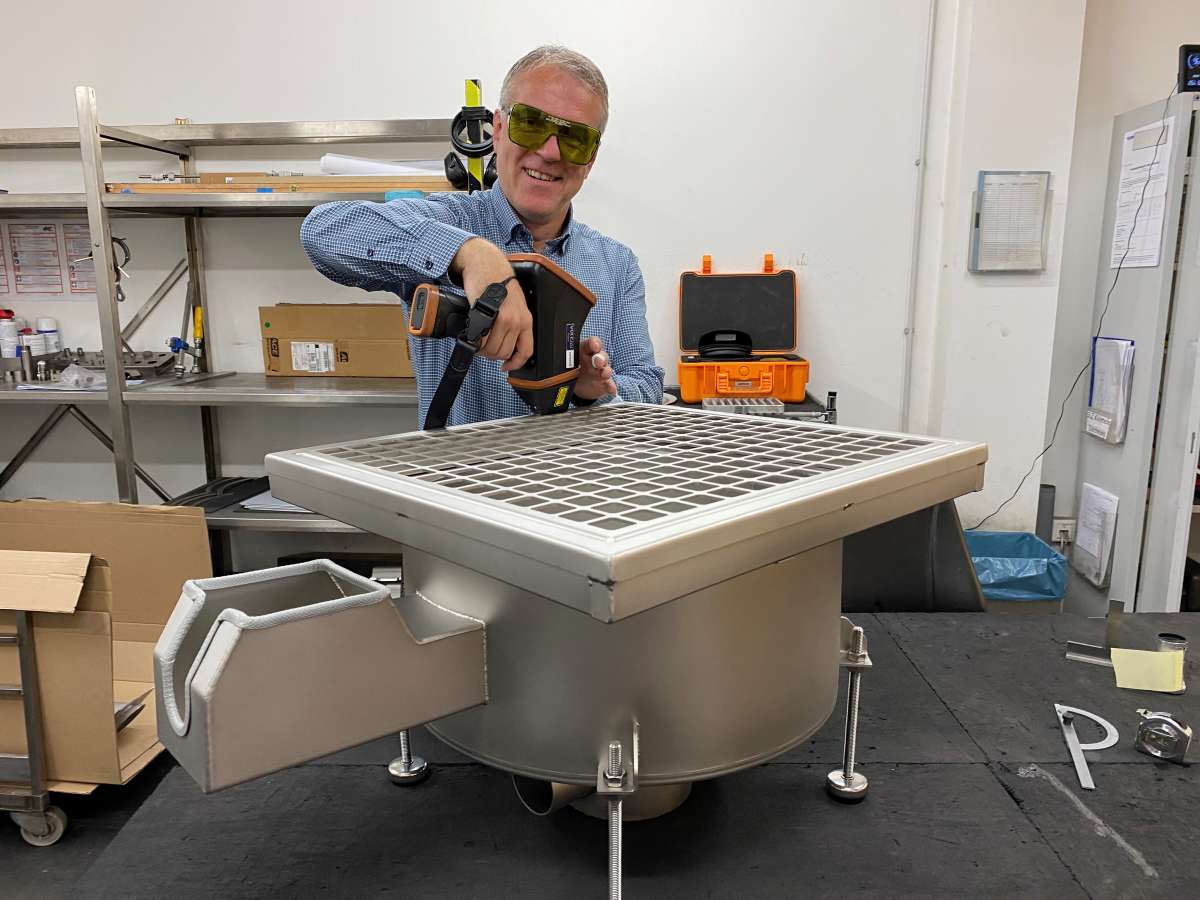Established in 1945, Wiedemann has grown from a small craft business into a manufacturer of industrial stainless-steel components. Operating from a 9500-square-meter production facility in Husum, the company's 230-strong team specializes in producing floor inlets, drainage technology, doors, windows, machine frames, machine cladding, and external drainage parts. Wiedemann's products, crafted exclusively from stainless steel, meet stringent standards of hygiene and corrosion resistance. Widely employed across the global food industry, plant construction, and building services engineering, Wiedemann prioritizes reliability and quality in all its products.


Laser-induced plasma spectroscopy (LIBS) is a non-destructive analysis technique that has been used in laboratories for many years; LIBS handheld devices are very modern and have been on the market since 2014. During LIBS analysis, a high-energy laser pulse hits the sample, vaporizing or ablating a very small part of the surface. The material is heated up to 10,000 C° and more. The temperature is so high that the atoms split and form a plasma. Despite these high temperatures, the sample does not heat up during the analysis.
As the plasma cools, excess energy is released, which is emitted in the form of element-specific light. The wavelengths of light are collected via an optical waveguide and fed to a spectrometer. Each element can be assigned to a specific spectral peak. LIBS spectra are very complex with hundreds or even thousands of possible spectral lines for each element. The element
concentration is determined by the intensity of the spectral peak, algorithms are then used to identify the sample type and determine the concentration.
The LIBS analysis technique offers several advantages: it's one of the fastest methods for identifying and analyzing metal alloys, capable of measuring virtually any alloy in just one second. They're easy to use – simply aim, measure, and read results from the screen – and, their mobility allows for use anywhere. Additionally, LIBS technology is practically non-destructive, with a resulting focal spot so small it's barely visible to the naked eye.
The Vulcan has been in use at Wiedemann for over a year. Thanks to its simple operation and ergonomic design, employees can use the Vulcan many hours a day to carry out measurements in incoming goods, outgoing goods and at the customer's premises. Thanks to the speed and simple operation of the LIBS handheld device, quality control at Wiedemann is ideally positioned.

You can find more information about the Vulcan.
Find out more